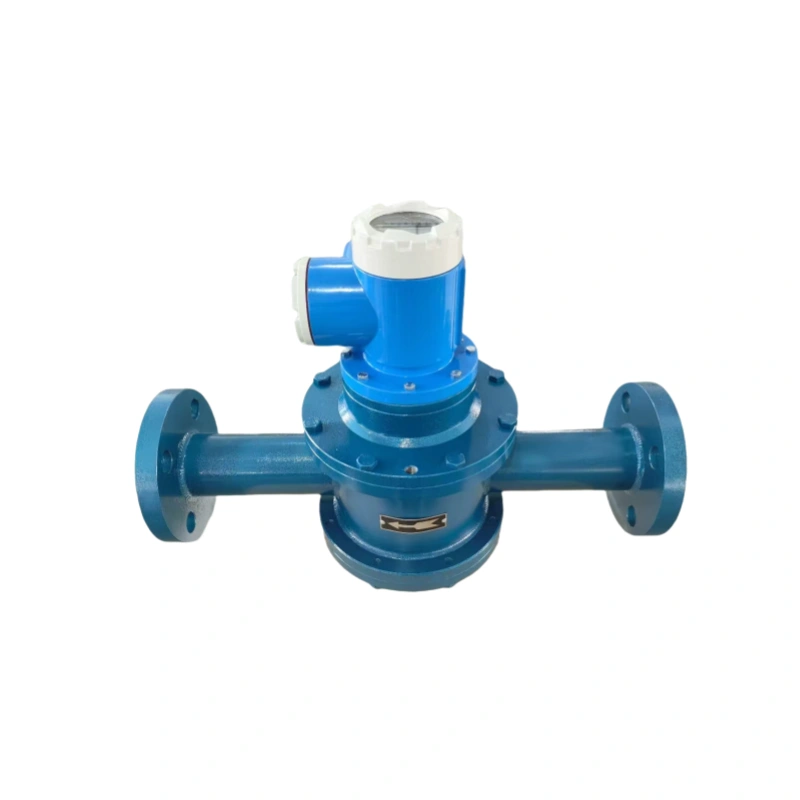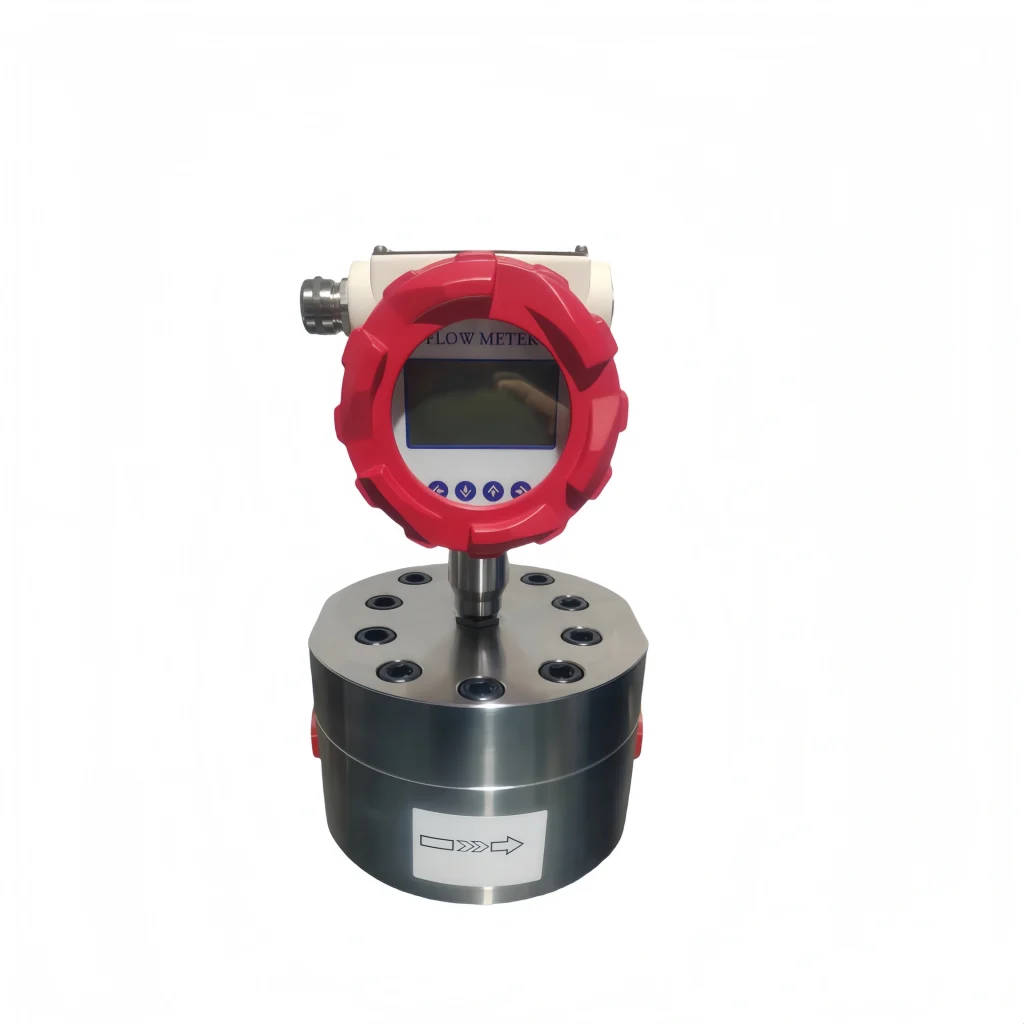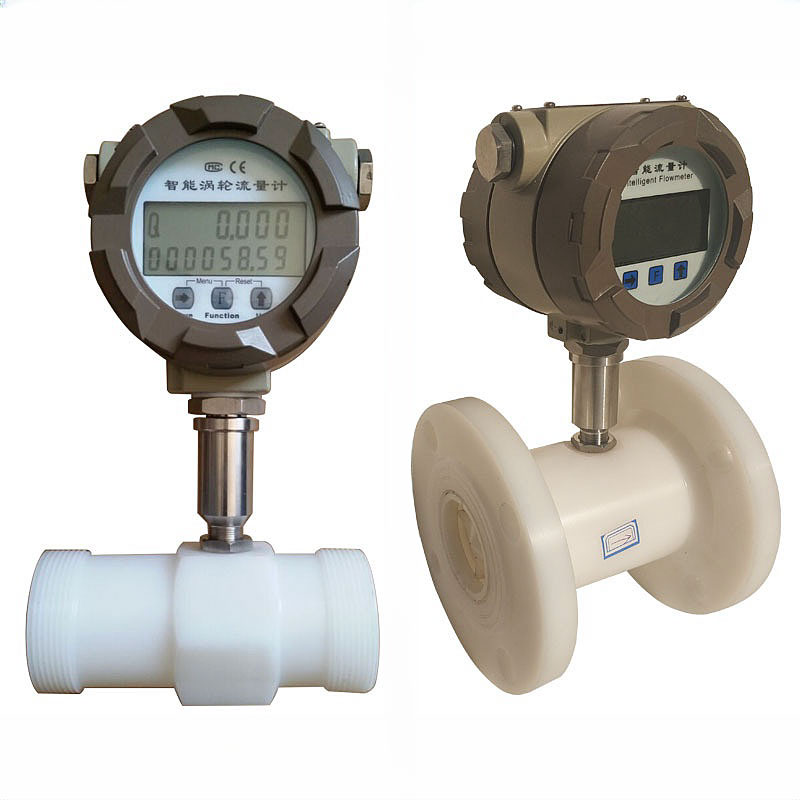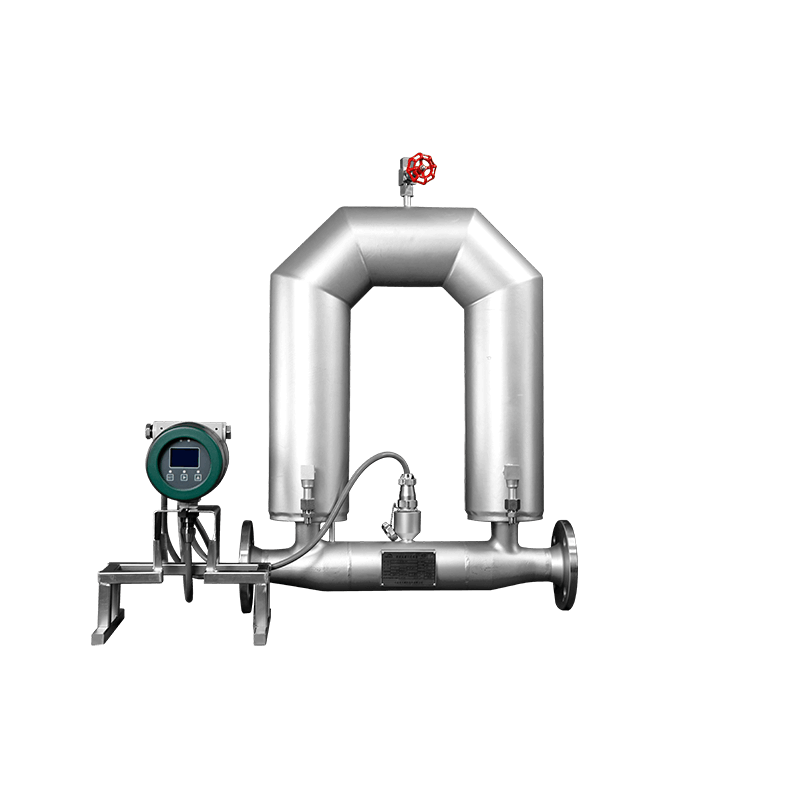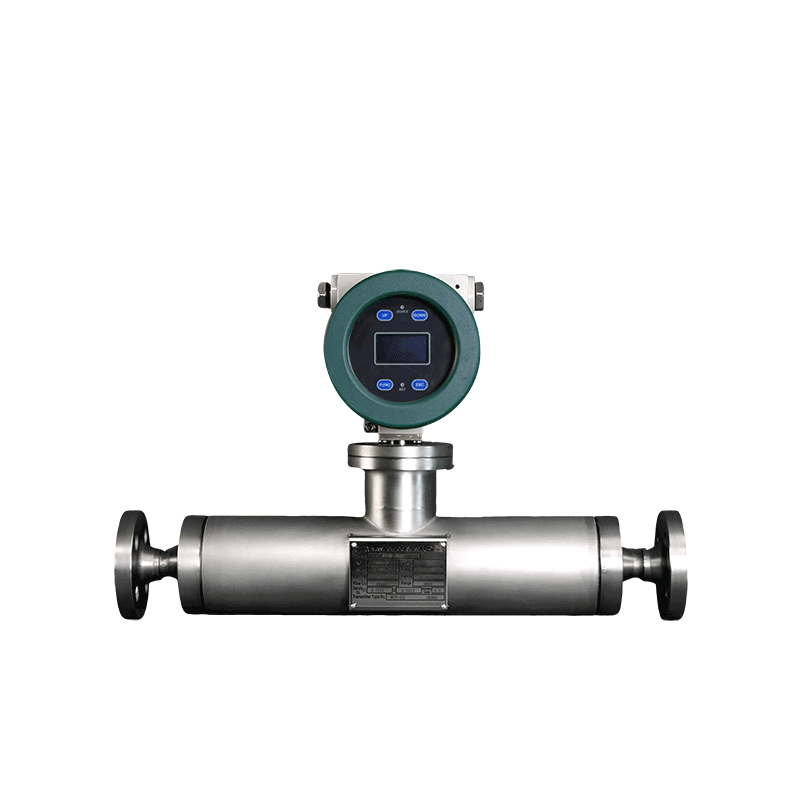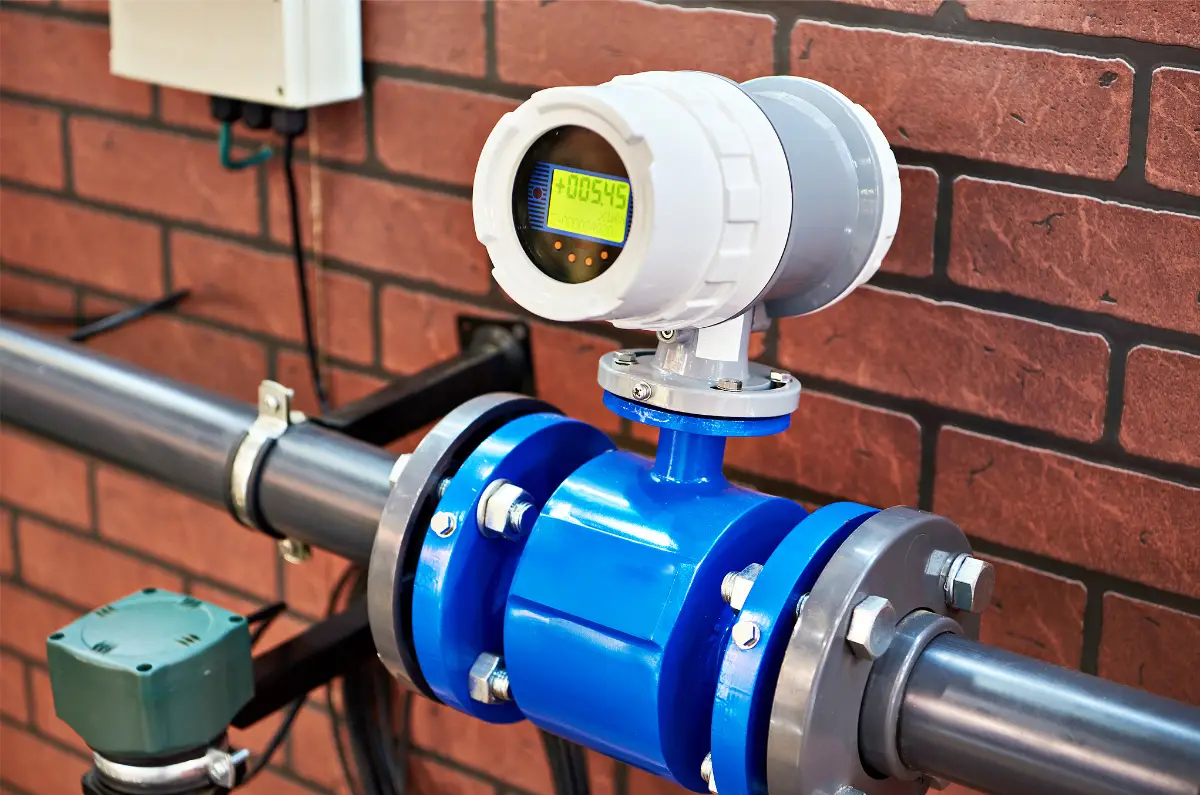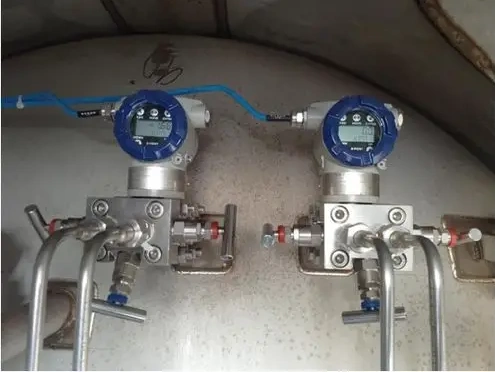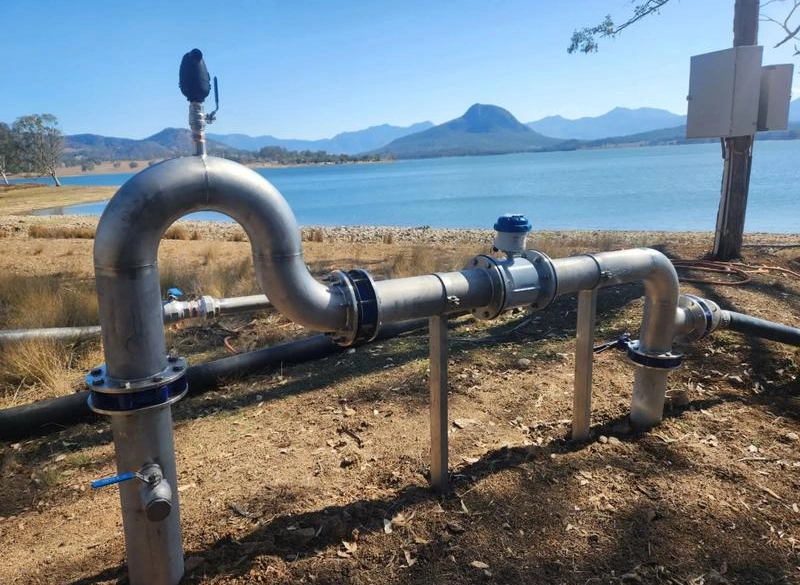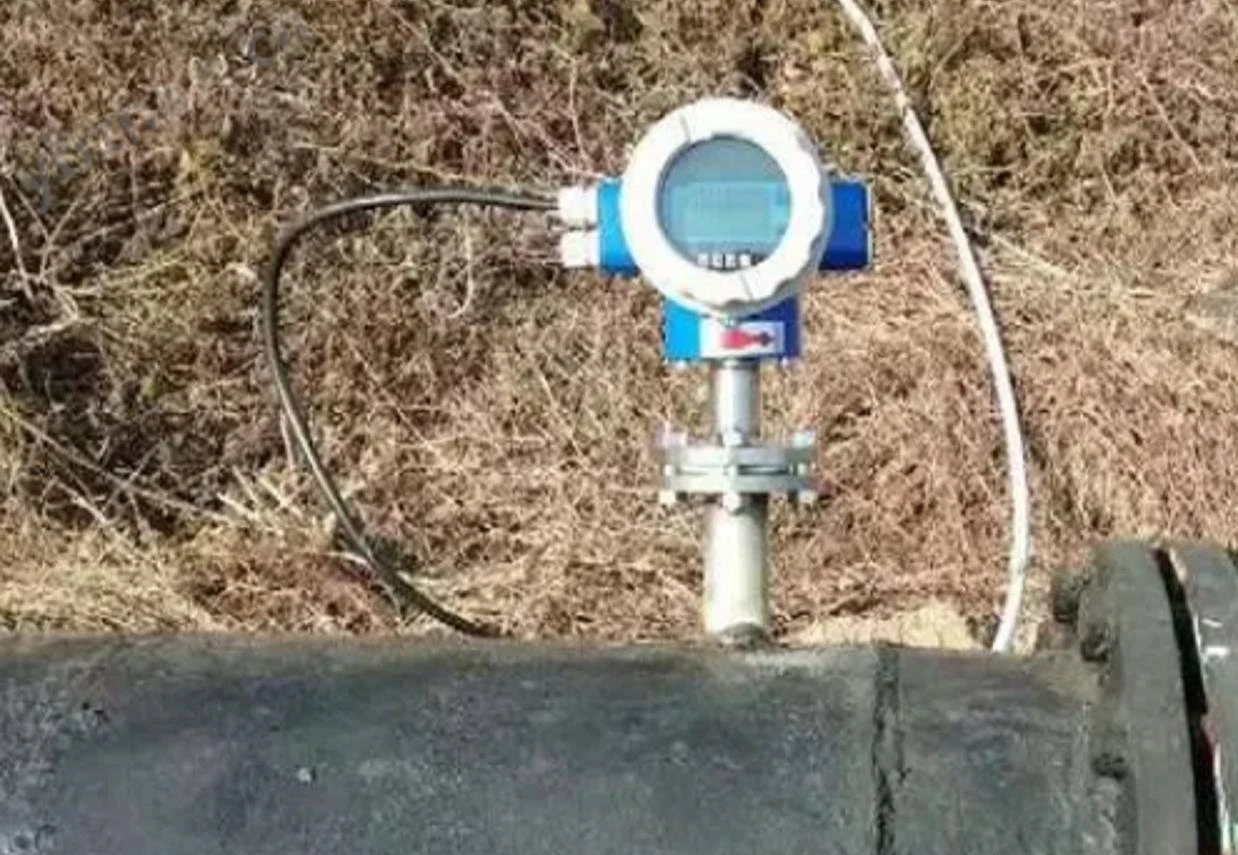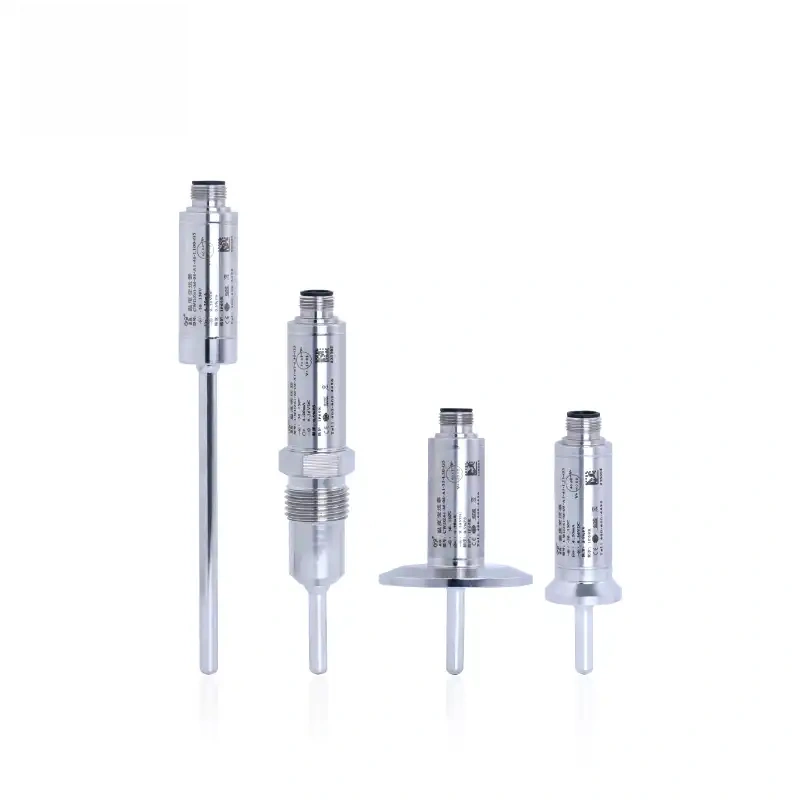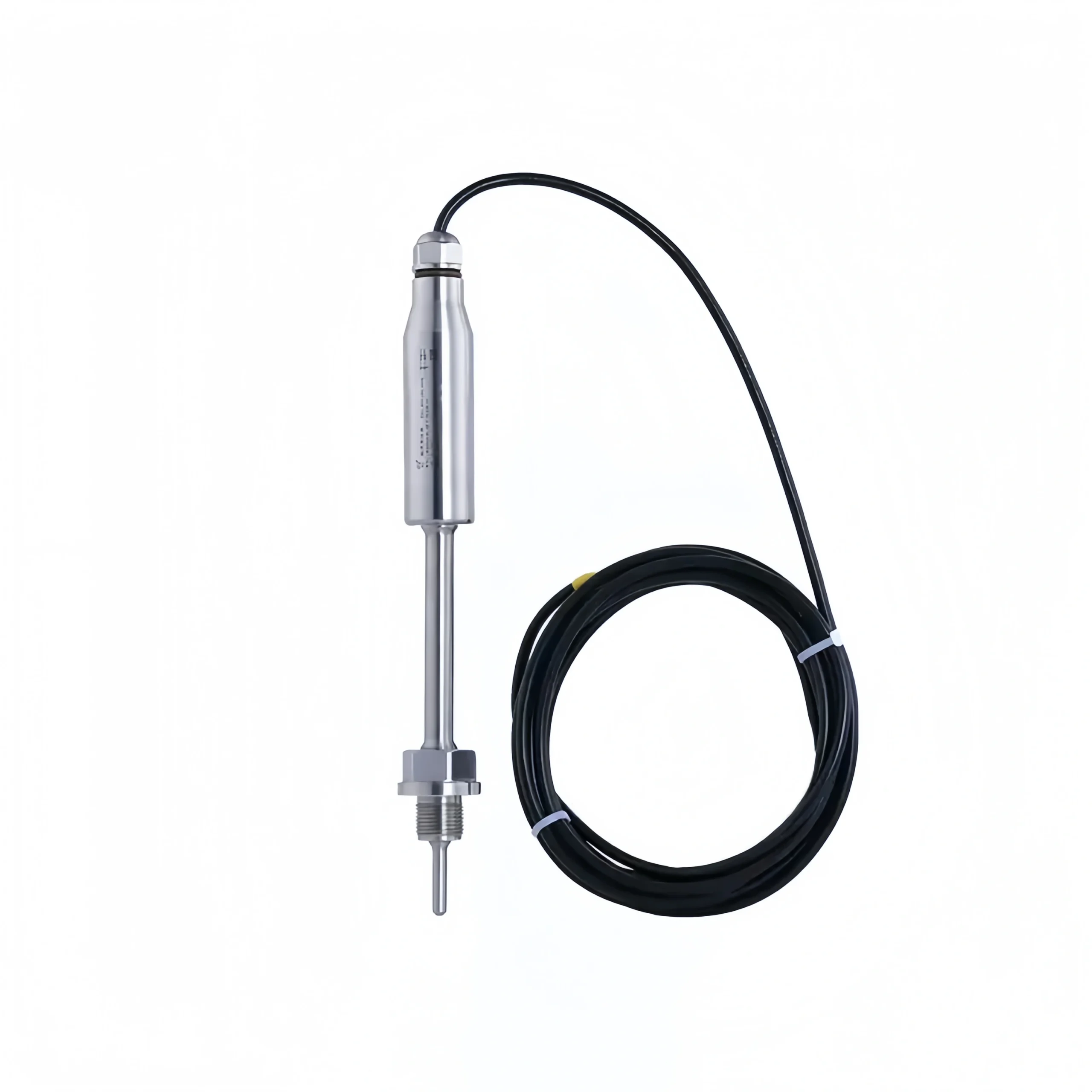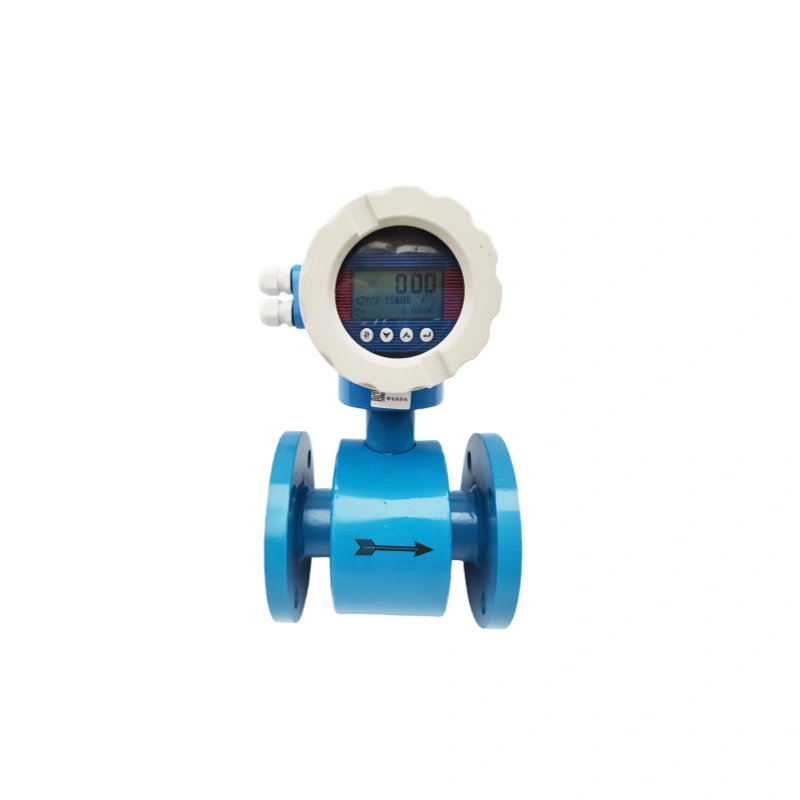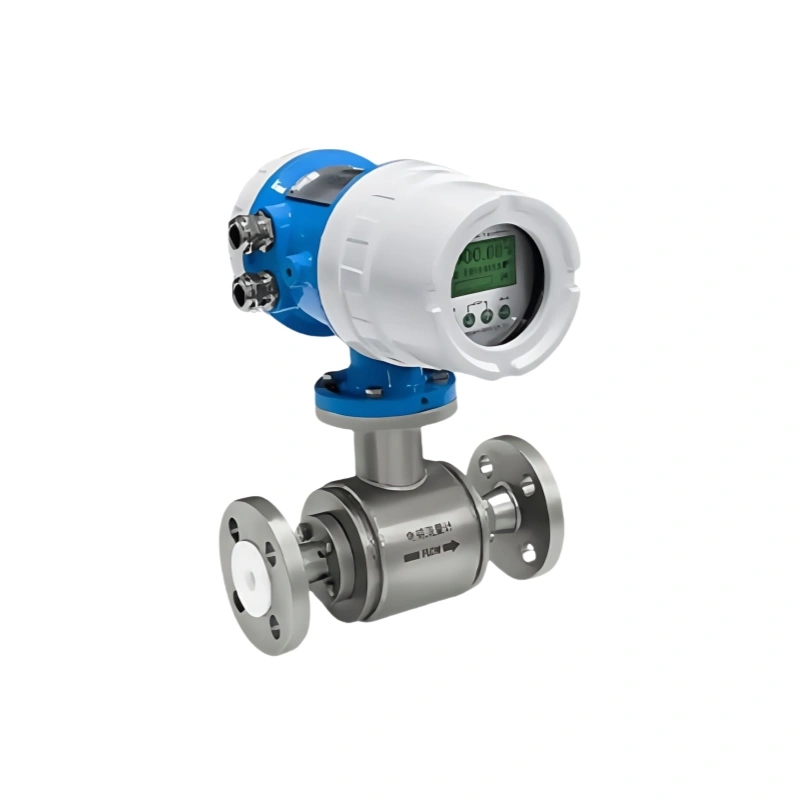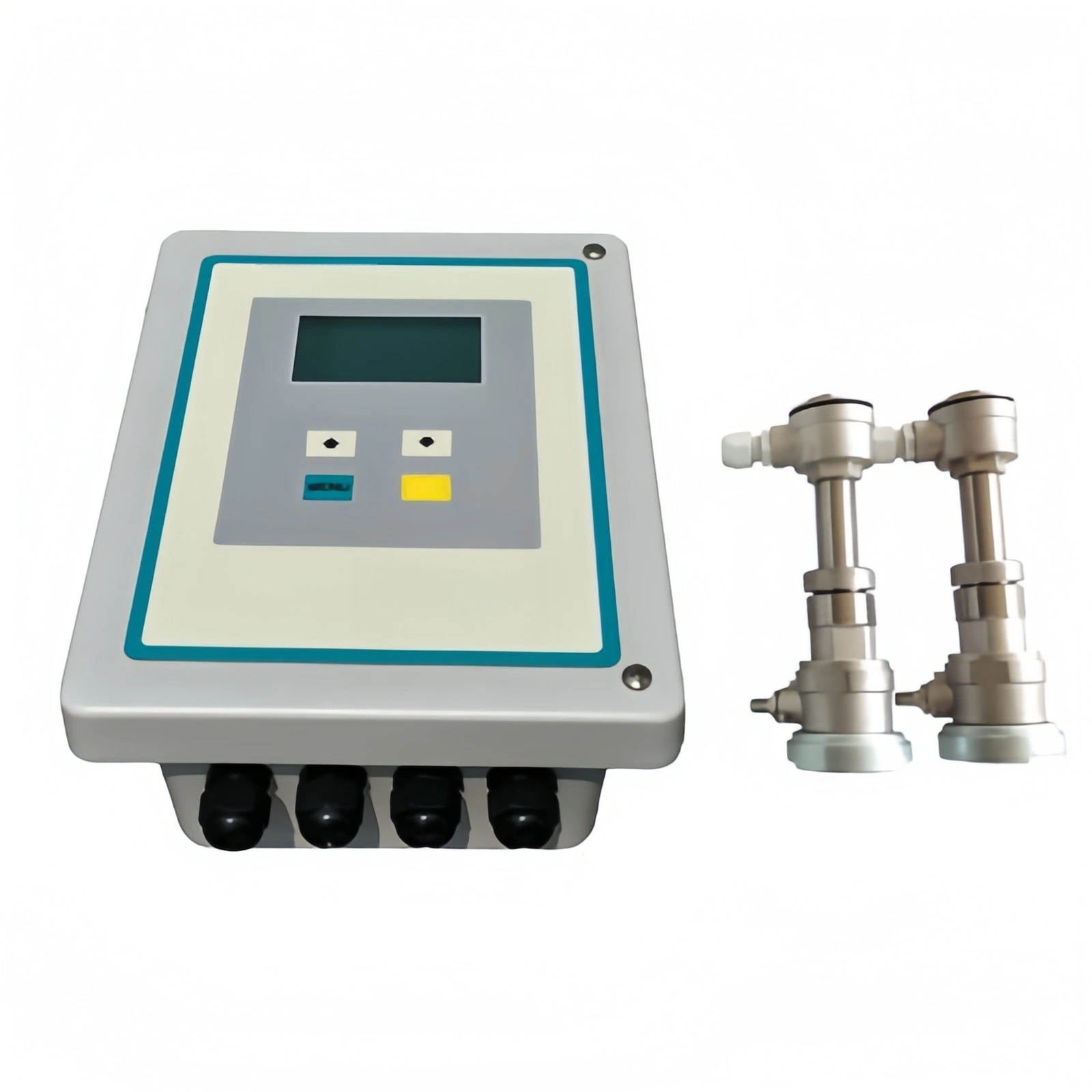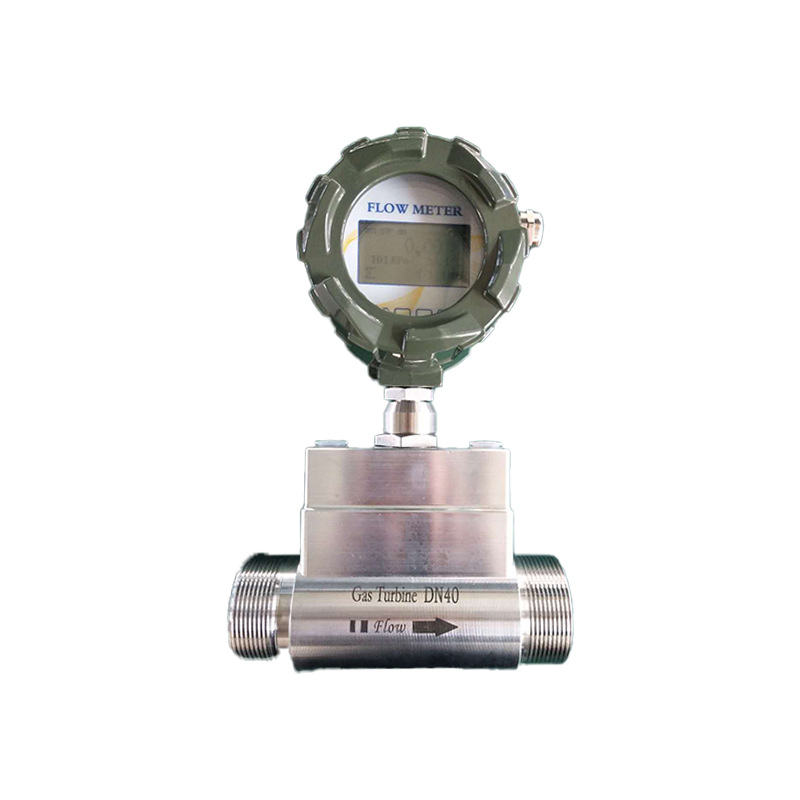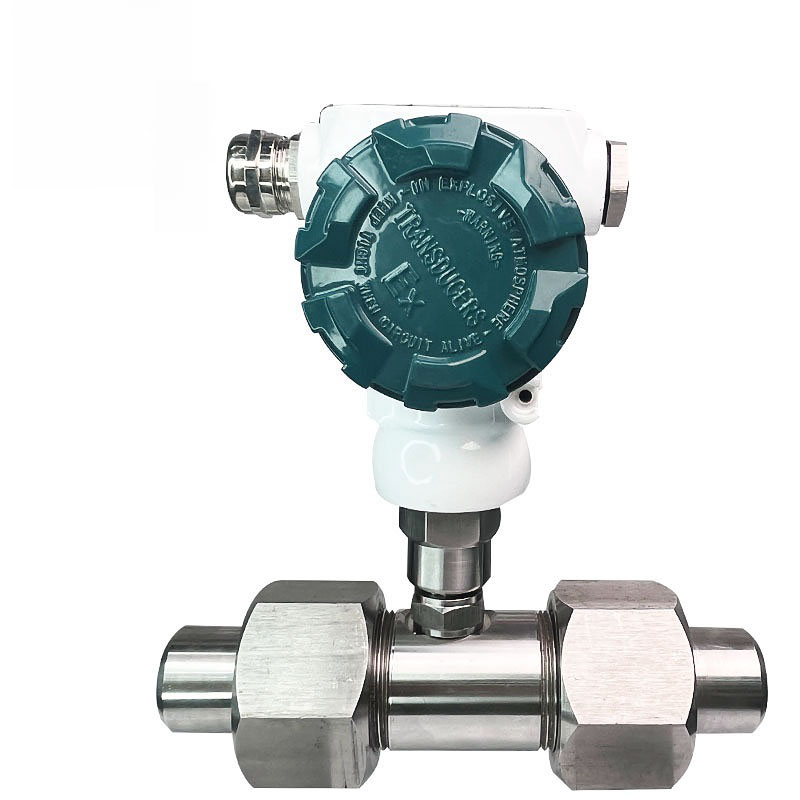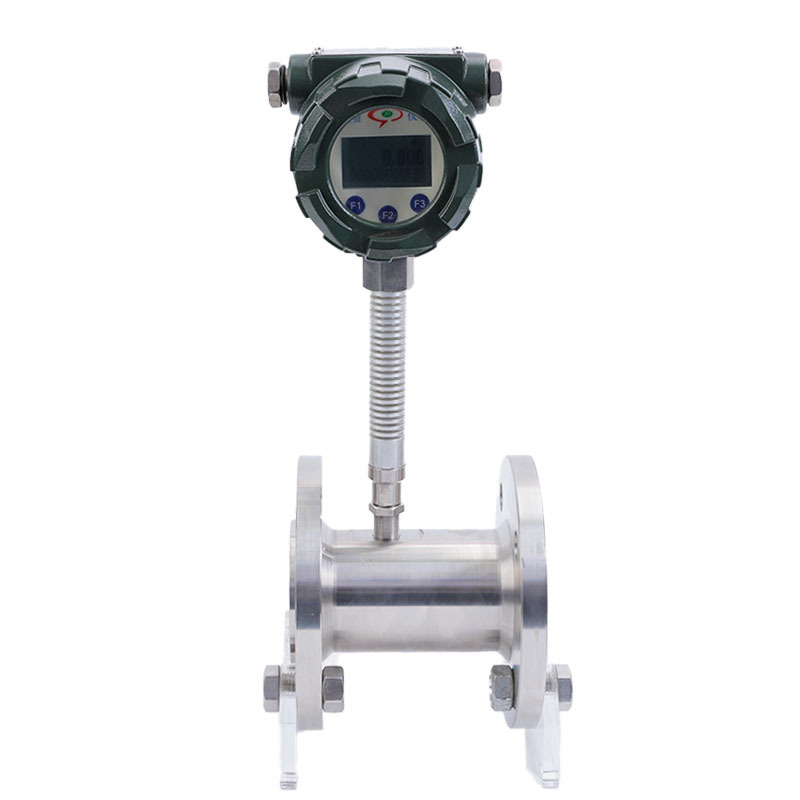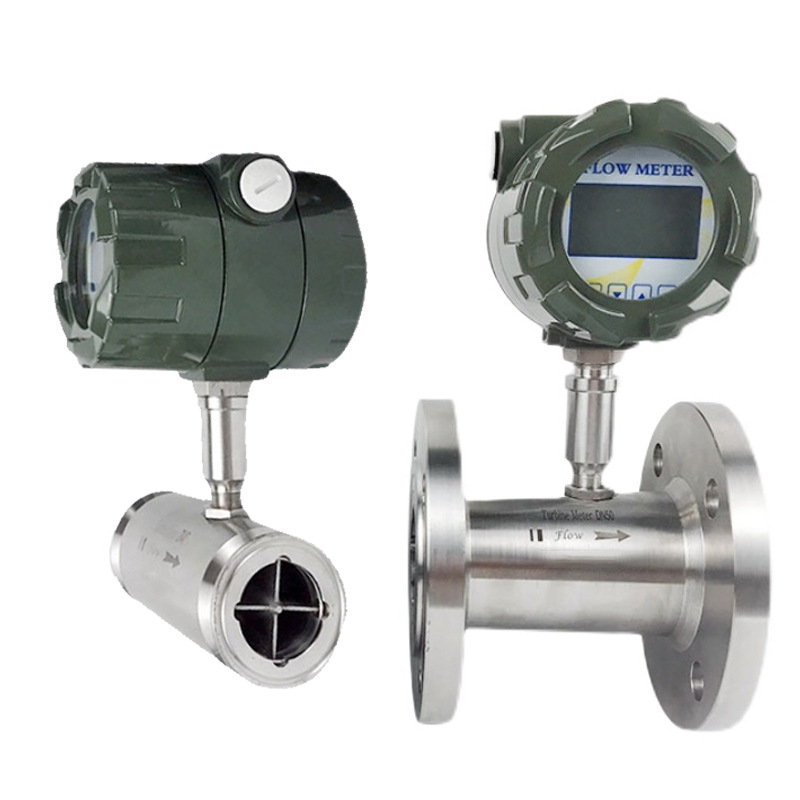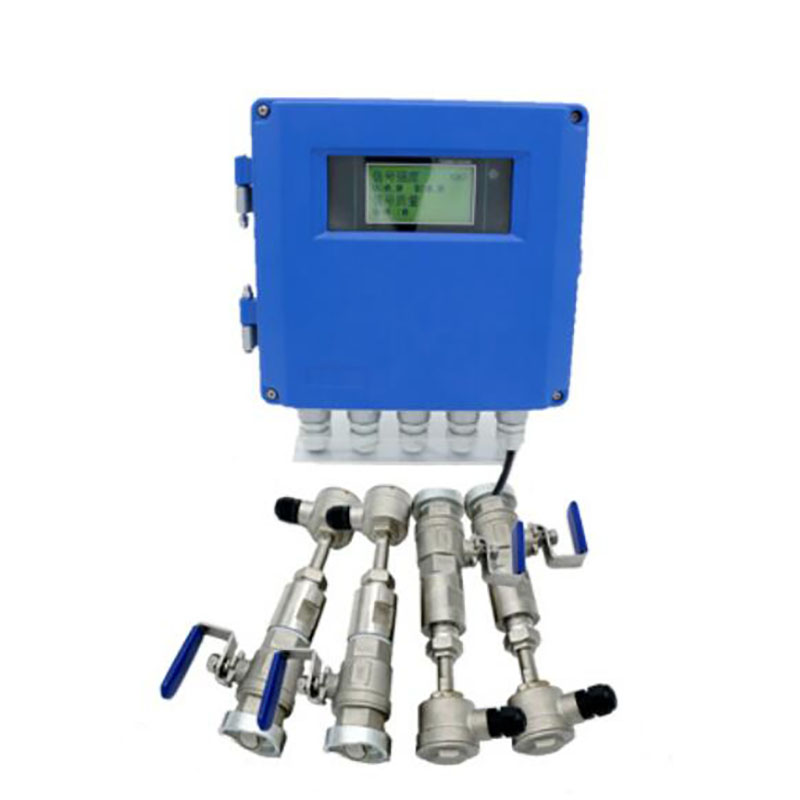A hydraulic flow meter is an instrument used to measure the flow of a hydraulic system. It is often installed in-line. It measures flow in fluids such as hydraulic oil and lubricating oil. A hydraulic flow meter, also called a hydraulic flow sensor.
Understanding hydraulic flow meters is crucial for comprehending the flow of a hydraulic system. This article is about a hydraulic flow meter.
Differences between Pneumatic and Hydraulic
Understanding the differences between Pneumatic and Hydraulic systems is essential for understanding hydraulic flow meter knowledge.
They differ in the medium used to transmit power. Pneumatic equipment tends to use easily compressible gases such as air or pure gas as the transmission medium. Hydraulic systems more often use incompressible fluids. such as mineral oil, glycol, water or synthetic types of high temperature refractory fluids.
For pressure performance, hydraulic systems have significantly higher working pressures than pneumatic systems.
For energy transfer characteristics, the fluid media in hydraulic systems are capable of efficient and stable energy transfer. In contrast, the compressibility of the air medium in pneumatic systems is high.
For application scenarios, pneumatic systems are widely used in food processing machinery and high cleanliness requirements. A hydraulic system is often used in excavators, cranes and other heavy machinery and equipment.
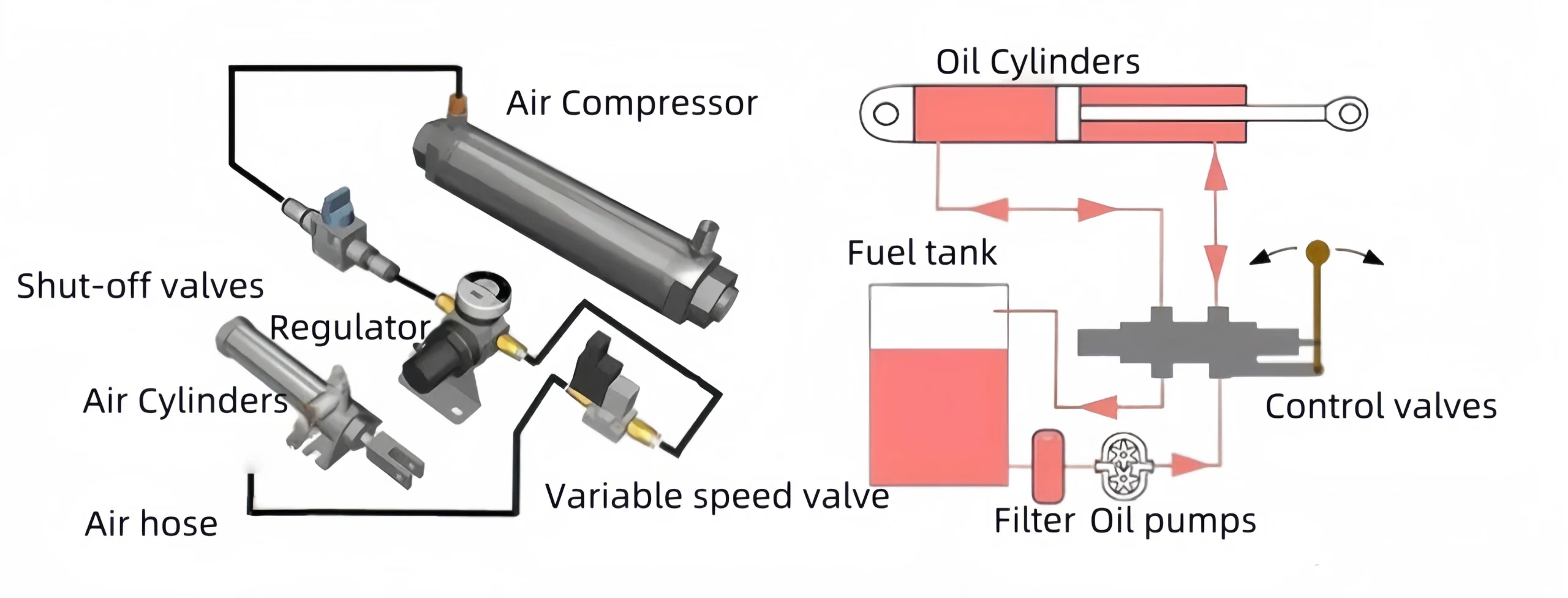
What is a Hydraulic Flow Meter?
A hydraulic flow meter is a device used to measure fluid flow in a hydraulic system. It uses advanced sensing technology to measure the flow of fluid in a vessel in real time and to collect cumulative flow data.
Difficulties of flow measurement in hydraulic systems
When dealing with hydraulic flow meter measurement challenges, there are practical solutions to address each issue.
Impurities and bubbles in the hydraulic fluid can throw off measurement accuracy, but this can be fixed by installing a filtration system to trap debris and adding vents to release air bubbles.
Vibration, electromagnetic interference, and fluctuations in temperature or pressure are also common problems—securing the flow meter with anti-vibration mounts, increasing electromagnetic shielding, and using materials that resist extreme temperatures and pressures will help mitigate these issues.
Since hydraulic fluid often experiences temperature fluctuations that cause viscosity changes during operation, selecting a flow meter designed to withstand such viscosity shifts is key.
Complexities in installation, such as getting the position, orientation, and sealing right, along with calibration hurdles, can be managed by installing the meter in a straight pipe run to avoid turbulence, aligning it with the fluid flow direction, using appropriate seals to prevent leaks, and sticking to a regular schedule of cleaning and calibration.
If the flow meter struggles to adapt to changing system conditions, opting for a wide-range model that handles variable flow rates without needing replacement is the way to go.
Finally, for slow response to dynamic flow changes, using a high-frequency response meter—like a hydraulic turbine flow meter, hydraulic oval gear flow meter, or Coriolis mass flow meter—will ensure accurate real-time readings.
All these solutions work together to improve measurement accuracy and extend the life of the flow meter.
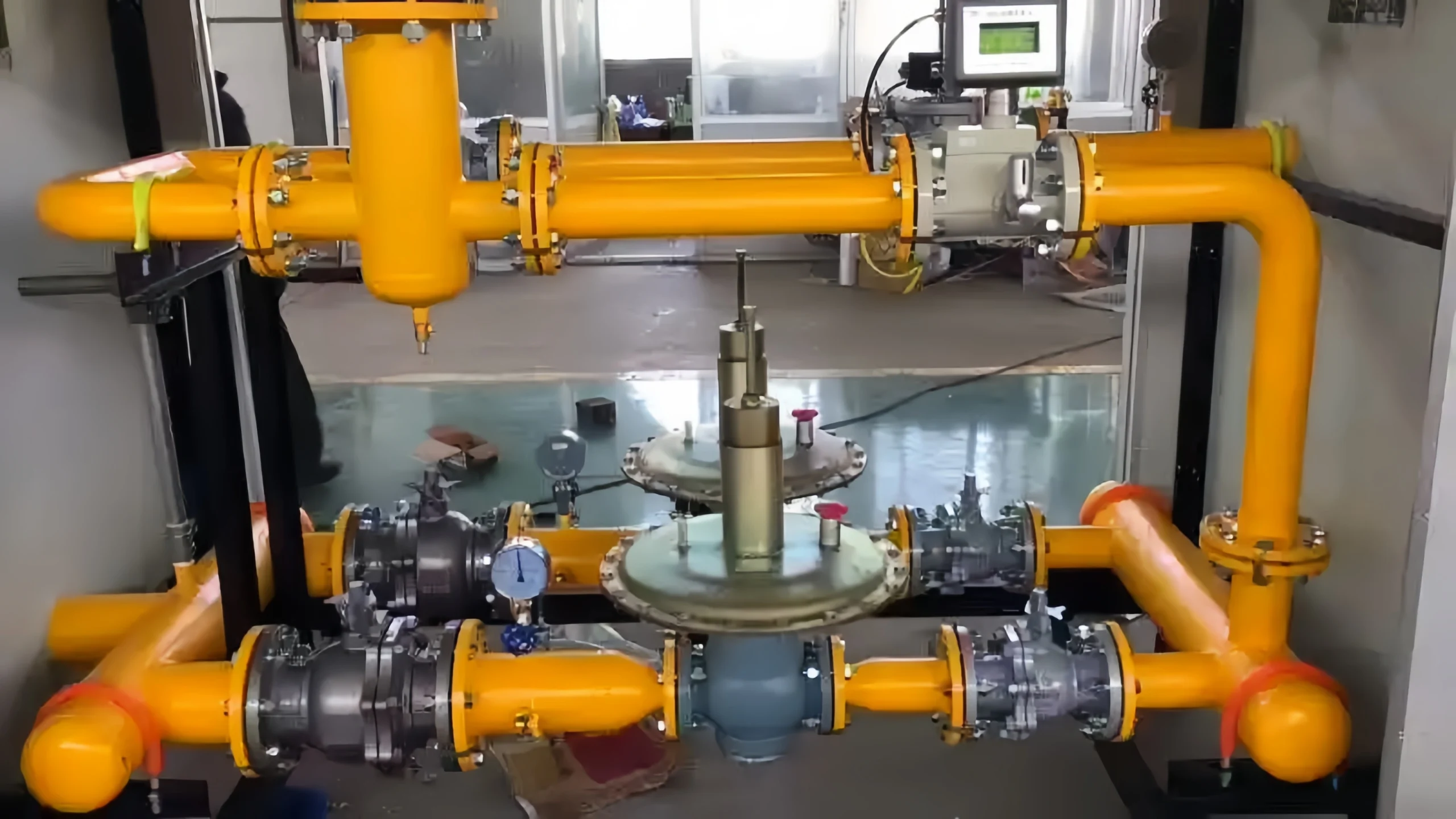
Hydraulic Flow Meter Types
Hydraulic flow meters come in a variety of classifications. Based on Sino-Inst’s many years of experience, we have categorized hydraulic flow meters according to their installation and operating principles.
Classification by Measurement Result
Volumetric Hydraulic Flow Meter:
The volumetric flow rate of the measured fluid is the output result, which visualizes the volume of fluid passing through the meter in a unit of time. A common turbine, gear flow meter, in most cases, belongs to the volumetric flow meter. They work through different principles of fluid movement into volume flow data. They are widely used in various types of industrial production and fluid transportation systems.
Mass hydraulic flow meter:
Directly measures the mass flow of the fluid, can eliminate due to fluid density, temperature,and pressure changes on the impact of the measurement results. Provide more accurate quality data. Mass flow meter is commonly used in the ratio of materials, energy measurement and other precision requirements. It is used in the chemical, pharmaceutical and other industries.
Classified by working principle
Common Hydraulic Flow Meters
It measures flow by fluid pushing a turbine to rotate, providing a fast response time for dynamic flow monitoring. Its significant advantage is that it can be customized high-pressure version. It can be adapted to a 16MPa, 25MPa or even 40MPa high-pressure hydraulic system. In the construction machinery, heavy equipment, and high-pressure oil circuit in the performance of stable.
An oval gear flow meter belongs to the volumetric flowmeter. Through a pair of elliptical gears driven by the fluid mesh rotation, the fluid volume is metered between the gears to measure the flow rate. It is not significantly affected by changes in fluid viscosity. It is especially suitable for high viscosity hydraulic oil flow measurement. The structure is rugged and durable. So it can work stably in poor working conditions. It is commonly used in industrial hydraulic systems that require high measurement accuracy.
A Mass Flow Meter directly measures the mass flow of the fluid. It is independent of temperature, pressure, viscosity changes, and measurement stability. It calculates the mass flow rate by detecting the change of momentum of the fluid in the vibrating tube. It can accurately reflect the actual mass flow of hydraulic oil in the hydraulic system. And it is suitable for the occasions that require a very high accuracy of the flow rate. Such as the hydraulic system in the field of aerospace, but the relative cost is higher.
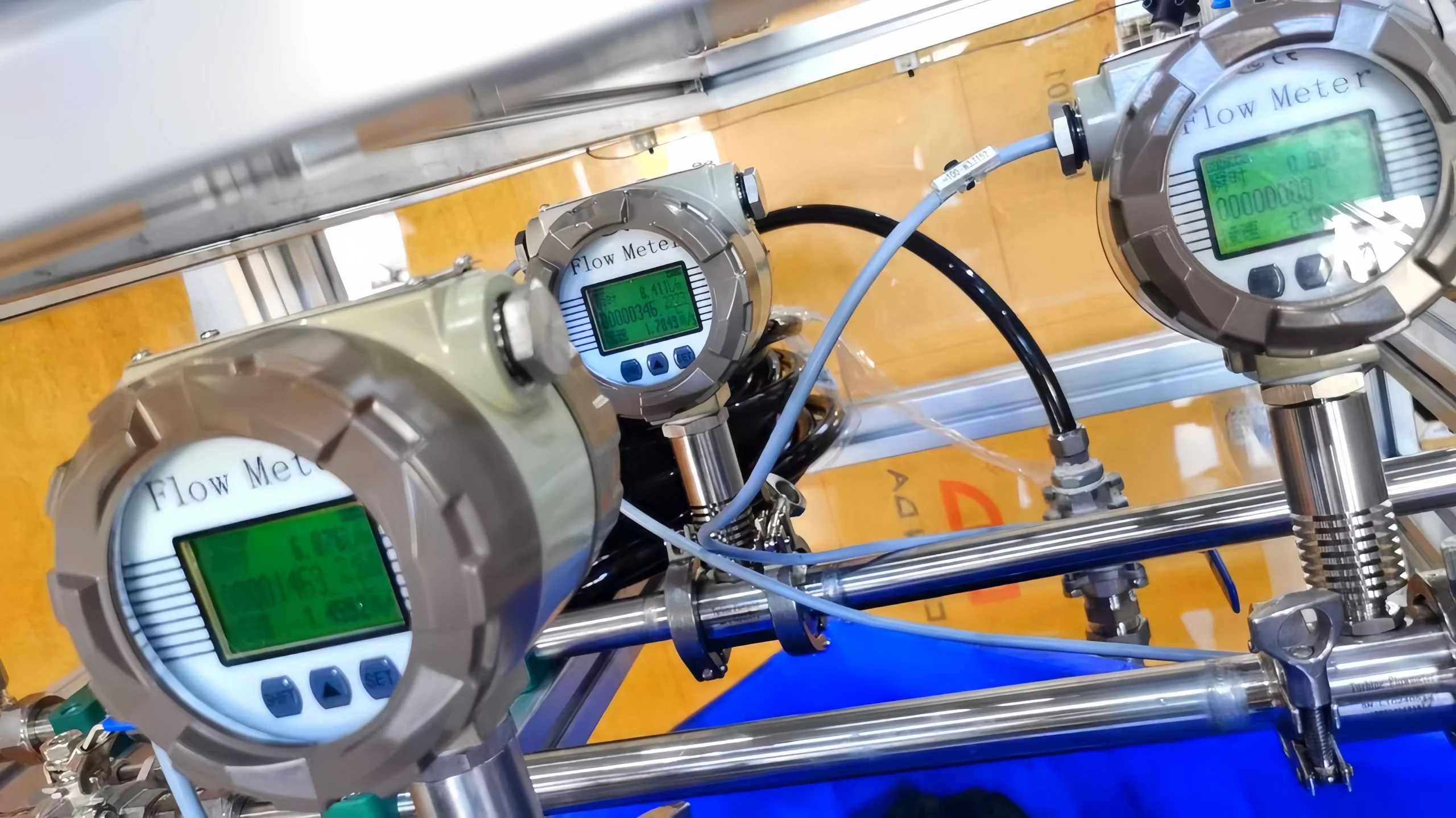
Hydraulic Flow Meter Applications
Hydraulic flow meters are very important in hydraulic systems. And the following are common application areas.
Construction machinery
Such as excavators, bulldozers, cranes and other large equipment. Their hydraulic systems are indispensable to the hydraulic flow meter. It can accurately measure the flow of hydraulic oil. And hydraulic drive components, such as buckets and the digging arm can operate smoothly.
Automotive industry
In the car’s hydraulic steering system, it can monitor the flow of hydraulic oil. So that the driver steers more smoothly.
The brake system its existence guarantees the stability of the hydraulic system when braking. For driving safety to add a force.
Automobile’s suspension system, but also need to monitor the flow. Ensure that the vehicle is traveling when the smoothness.
Automation production lines
Hydraulic presses, injection molding machines and other equipment in the hydraulic system have to rely on it to monitor the flow. It can avoid mechanical overload. It can reduce energy waste. So that the production line always maintains a smooth running state.
Aerospace industry
It requires a high degree of equipment reliability. And the hydraulic systems of aircraft are even more critical. A hydraulic flow meter can ensure that the hydraulic system in a variety of harsh environments, reliable operation. And then it controls the rudder, landing gear and other key components, for the safe flight of the aircraft.
In the field of energy and environmental protection, hydraulic flow meters can be used to monitor the flow of fuel and help optimize energy use.
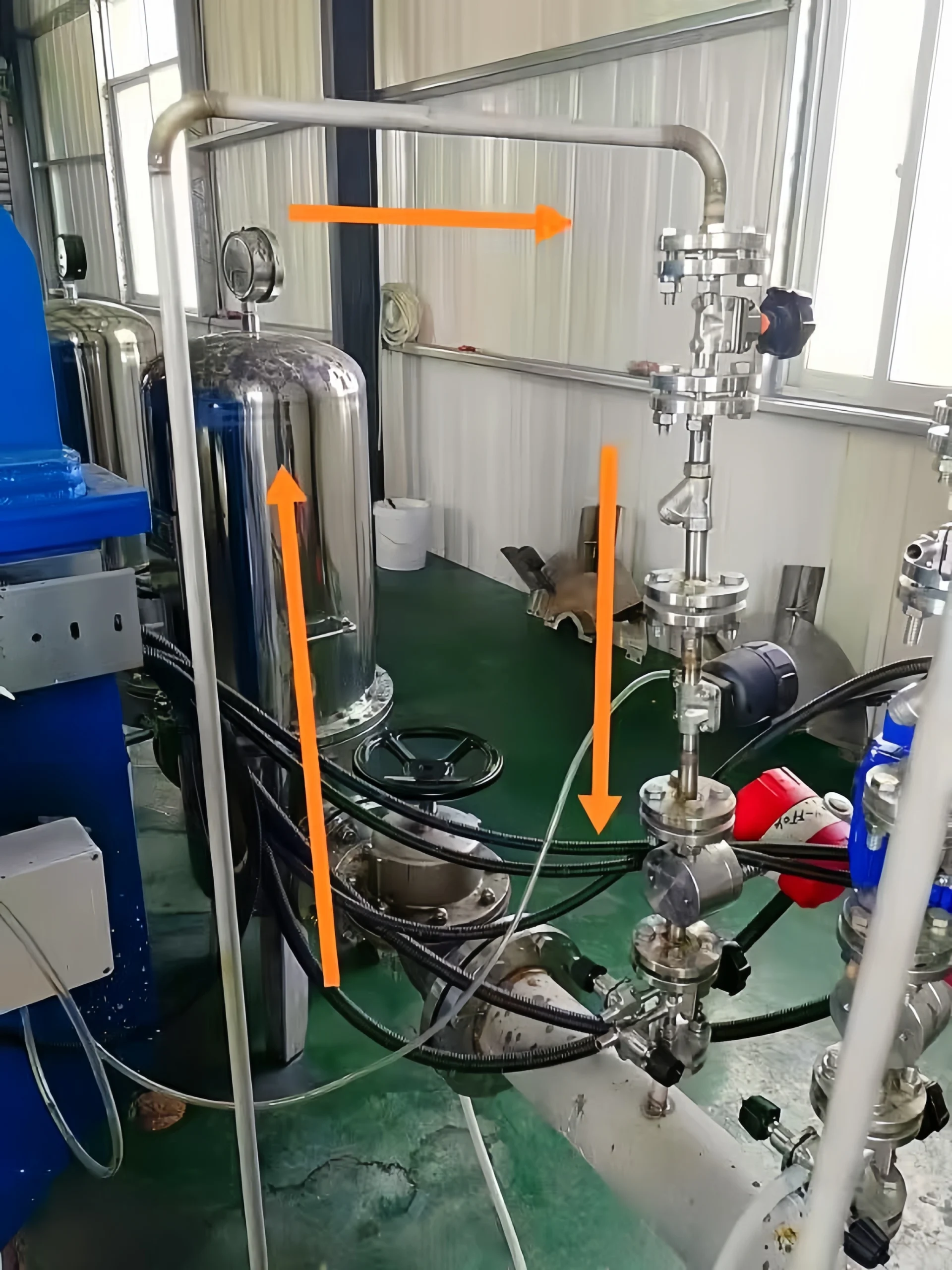
How To Use a Hydraulic Flow Meter?
Proper use of a hydraulic flow meter is the key to ensuring measurement accuracy, and users can follow the steps below.
First, select the right type of hydraulic flow meter. It is based on the pressure, flow range, fluid properties and other parameters of the hydraulic system.
Second, follow the installation instructions for the flow meter. For Inline hydraulic flow meters, pay attention to the installation direction. Ensure that the direction of fluid flow is consistent with the markings on the flow meter. At the same time, the installation location should avoid severe vibration and magnetic field interference. Ensure the measurement accuracy.
After the installation is completed, carry out power-on preheating and wait until the flow meter is stabilized before measurement. In the measurement process, the flow meter display data should be regularly observed and recorded.
After use, the flow meter should be cleaned and maintained. Prevent impurities in the fluid attached to the flow meter inside.
Note: In the process of installation and use, you need to strictly follow the operation manual. If there is a problem that cannot be solved, please contact the supplier and the relevant technical personnel as soon as possible.
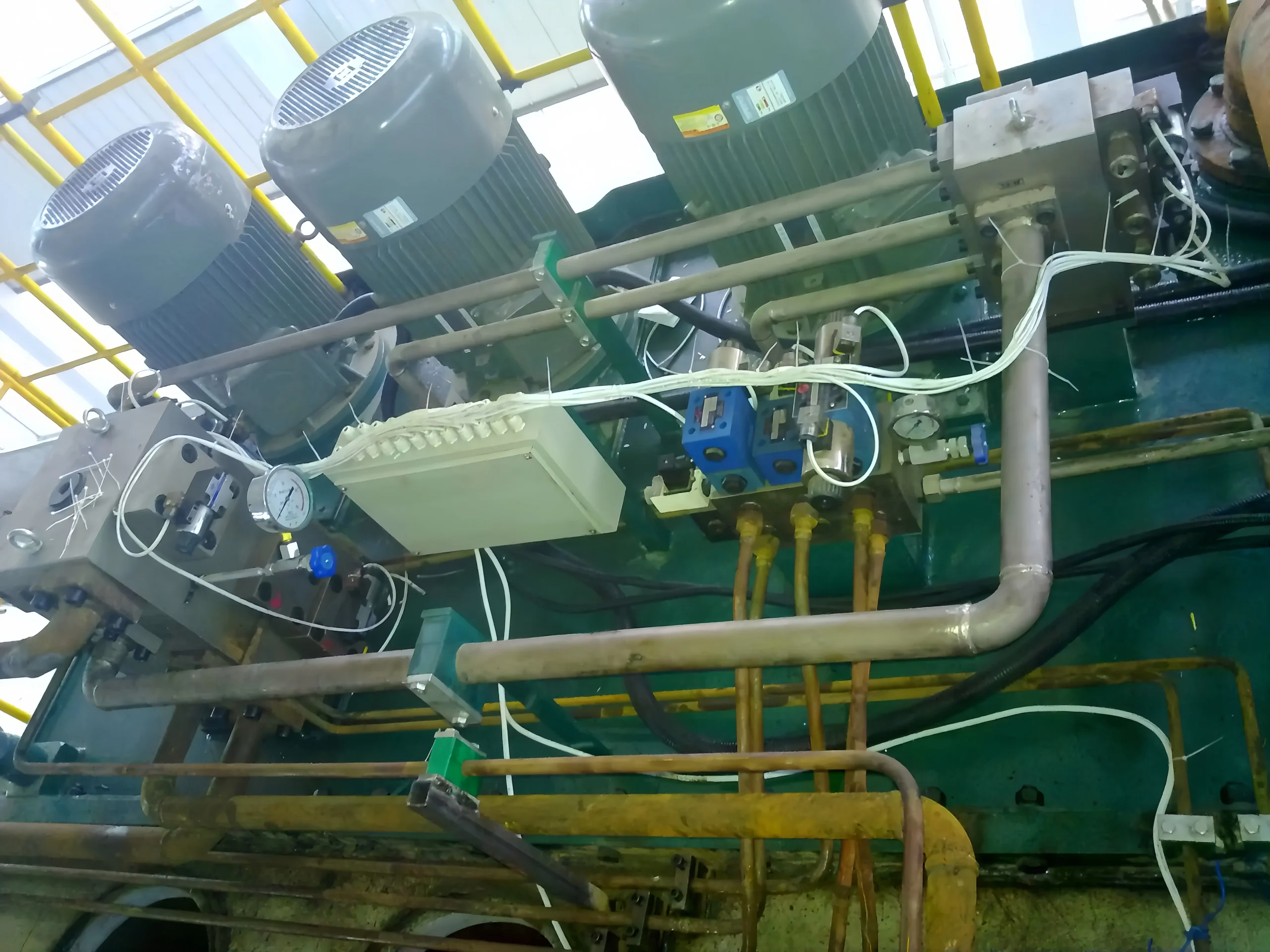
Hydraulic Flow Meter Signal Output
The Hydraulic Flow Meter measures the flow rate and converts the flow signal into a corresponding analog or digital signal.
Analog signals, such as 4-20mA current signals. It can be connected directly to the analog input module of the instrument panel or control system. So that the flow data can be seen in real time and the flow rate can be controlled.
Digital signals, such as RS-485 signals, are connected to computers and PLCs to record and analyze flow data in real time.
Communicate with the supplier at the time of purchase, the hydraulic flow meter can be customized communication protocol. Common communication protocols are Modbus, Profibus, and so on.
Users use it according to the subsequent data processing needs. Comprehensive consideration of the signal transmission distance, anti-interference ability, equipment compatibility and other factors. Select the appropriate type of signal output. Ensure that the signal transmission line is connected correctly.
Sino-Inst Featured Hydraulic Flow Meter
How to Choose the Right Hydraulic Flow Meter
Choosing a hydraulic flow meter requires consideration of a variety of factors:
- Define the working environment of the hydraulic system
- Type of fluid, temperature, pressure, flow range
- The temperature and pressure of the medium
- Measurement accuracy and response speed
- Installation conditions and maintenance time
- Flow meter price
If you have trouble choosing the right flow meter, please feel free to contact us. We will recommend suitable flow measurement solutions for you free of charge.
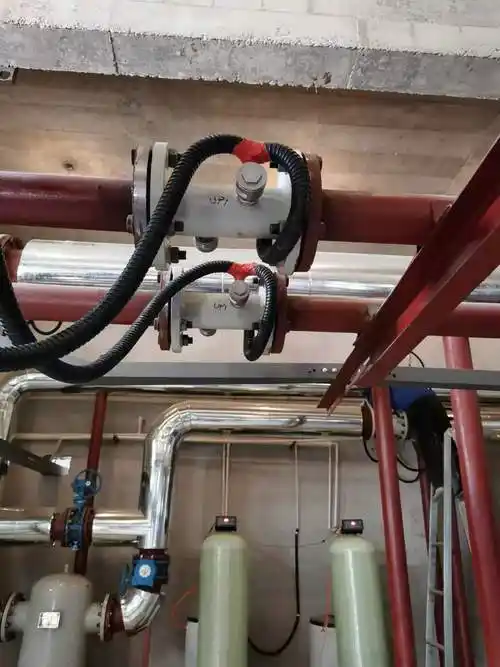
How to measure hydraulic flow?
The most direct way to measure hydraulic flow is to use a hydraulic flow meter for measurement. It is also the most accurate and commonly used method. This is the most accurate and commonly used method.
According to the types of flow meters, you can choose the appropriate flow meter to be installed in the hydraulic system and read the flow data directly.
In addition, the flow rate can also be estimated by the method of calculation. For example, according to the displacement and speed of the hydraulic pump, the theoretical flow rate (theoretical flow rate = displacement × speed). But this method of flow rate is the theoretical value; the actual flow rate will be reduced due to leakage and other factors. So it can only be used as a reference.
Hydraulic Flow Meter Calibration
Regular calibration ensures accurate flow measurement results.
Calibration can be entrusted to a professional measuring organization. Standard equipment can also be used for on-site comparison calibration. The calibration period depends on the frequency of use and the accuracy requirements of the flow meter. It is generally recommended to calibrate at least once a year.
In the calibration process, you need to follow the calibration procedure to record the calibration data. If the error of the flowmeter is found to be out of the allowable range, it should be adjusted or repaired in time.
How to determine whether the hydraulic pump is weak?
A hydraulic pump is the power source of the hydraulic system. Judging whether its power is insufficient is crucial to the normal operation of the system.
It can be judged by the hydraulic flow meter, when the hydraulic pump output flow rate is significantly lower than the rated flow rate, and in the adjustment of system parameters, after the flow rate is still no significant change, it may indicate that the hydraulic pump does not have enough power.
In addition, you can also observe the operating performance of the hydraulic system. For example, the equipment action speed is significantly slower. It indicates that the hydraulic pump power is insufficient. At this point, combined with the measurement data of the hydraulic flow meter, you can more accurately determine the status of the hydraulic pump.
In short, the hydraulic flow meter is very important for the flow control of the hydraulic system. I believe that you have read this article has been on the hydraulic flow meter and have a deep understanding.
Sino-Inst is a hydraulic flow meter supplier from China. If you have a need to buy a hydraulic flow meter, please feel free to contact us. Our years of experience in flow measurement can provide you with the most reasonable measurement solution.

